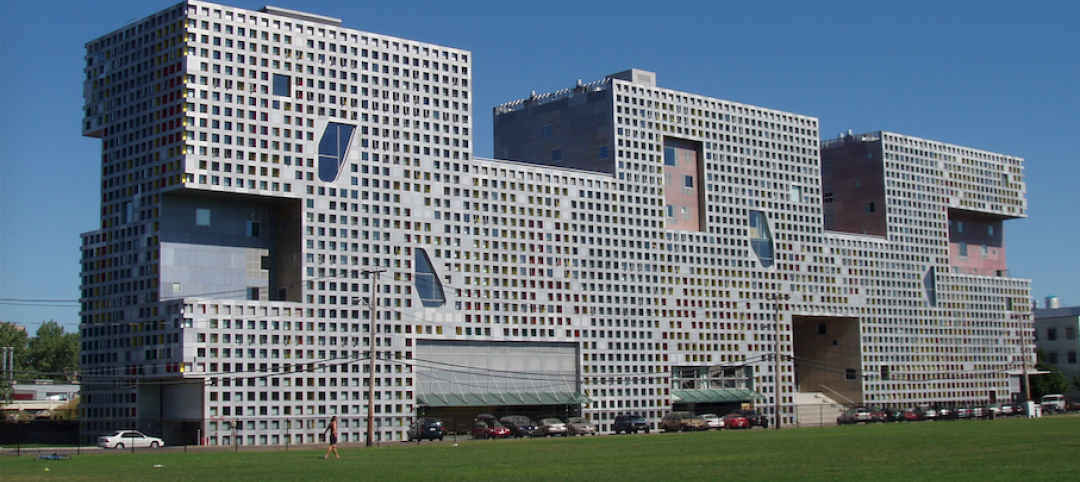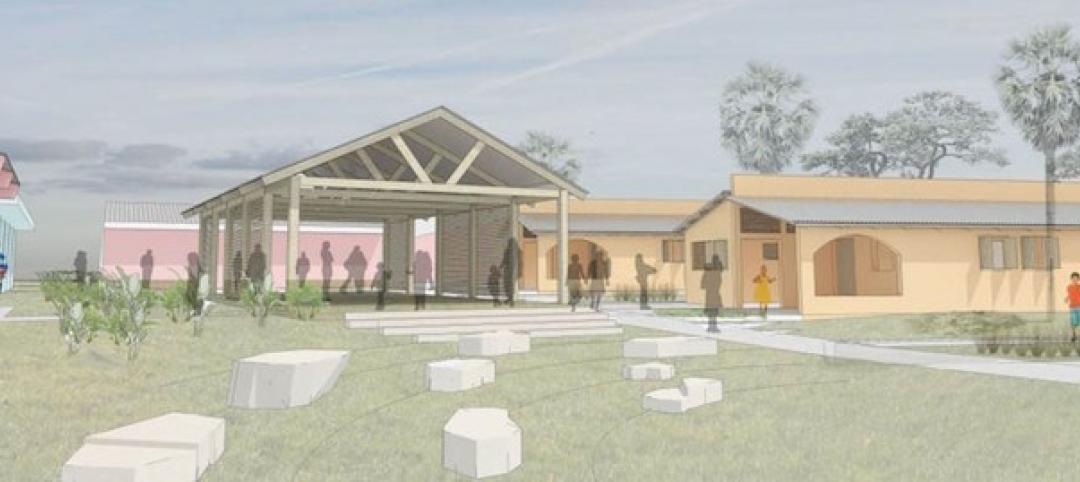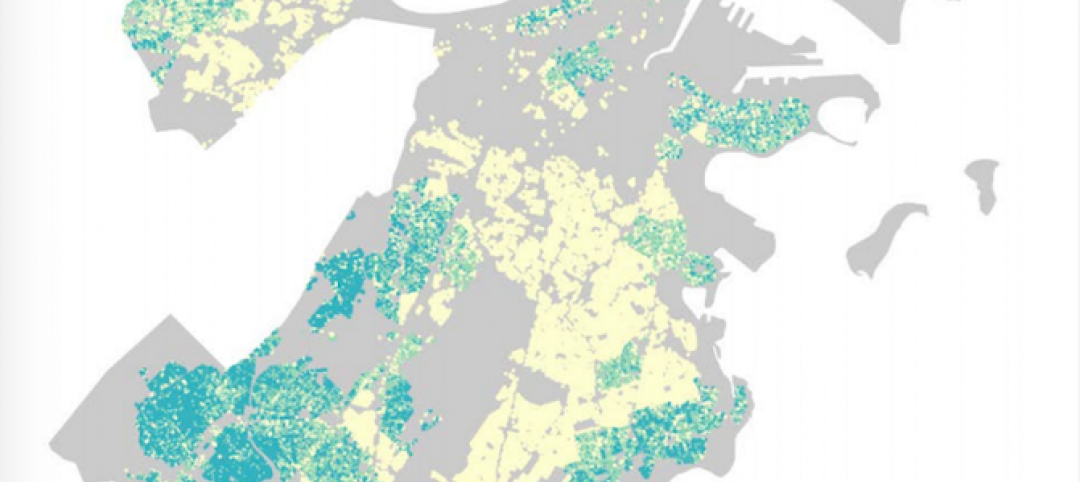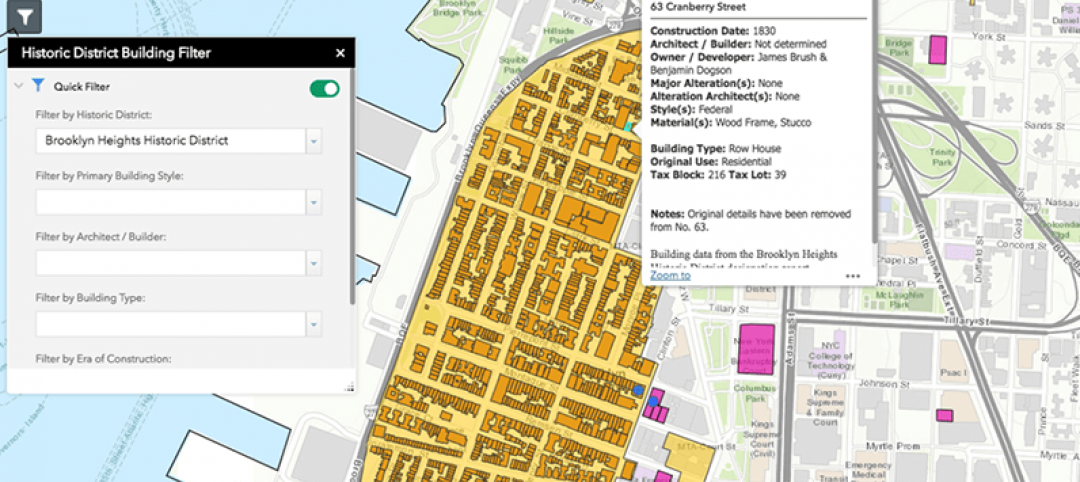Gilbane Building Company today announces the publication of the Winter 2012 edition of Construction Economics -- Market Conditions in Construction. Based on an array of economic data, construction starts, and material cost trends, this free report indicates an increase in construction spending over last year but cautions of an expected downturn again in early 2013.
According to the report, margins are up a slim 1% to 2% year over year for 2012. Once 2013 growth in nonresidential work picks up and both residential and nonresidential are active, the industry may begin to see some labor shortages and productivity losses, which will push up escalation. Also, as it did in 2012, even moderate growth in activity will allow contractors to pass along more material costs and increase margins.
Potential impact of recent events:
- According to the Associated General Contractors (AGC), Hurricane Sandy may not add any economic impact to the construction industry. For the most part, any funds directed to reconstruction will be diverted from some other potential or previously planned construction project and will be spread over a long time span.
- Bond issues considered in the recent elections amount to just over half ($30+ billion) of what was approved in 2008 elections ($60+ billion), signaling a reduction in publicly funded work.
- At the recent McGraw Hill Outlook conference, none of the economists expect the fiscal cliff to happen. However, sequestration or the compromises agreed upon will likely reduce funds available for federal and public projects.
Among the topics covered in this comprehensive report are:
- Construction Starts, Spending, & Costs
- Material Price Movement
- Trends and Costs for Structural Steel, Recycling Steel, & Copper
- Architectural Billings Index
- Current Inflation Forecast
- ENR Index -- BCI History
This free report is available for download at http://info.gilbaneco.com/construction-economics. +
Related Stories
Architects | Jan 8, 2018
Catherine Selby joins Dattner Architects’ partners group
Selby joins Principals Paul Bauer AIA; Richard Dattner FAIA; Jeff Dugan AIA; Beth Greenberg AIA; Daniel Heuberger AIA, LEED AP; Kirsten Sibilia Assoc. AIA; William Stein FAIA; and John Woelfling AIA, LEED AP in leading the 115-person firm.
Big Data | Jan 5, 2018
In the age of data-driven design, has POE’s time finally come?
At a time when research- and data-based methods are playing a larger role in architecture, there remains a surprisingly scant amount of post-occupancy research. But that’s starting to change.
Multifamily Housing | Jan 4, 2018
Shigeru Ban’s mass timber tower in Vancouver gets city approval
The 232-foot-tall Terrace House luxury condo development will be the tallest hybrid wood structure in North America.
Architects | Jan 4, 2018
Integrated design for children and housing
Homelessness is an issue affecting millions around the globe.
Sponsored | | Jan 3, 2018
4 networking strategies to grow your business
Follow these networking strategies to grow your architectural business with the work that you want.
BD+C University Course | Jan 2, 2018
The art and science of rendering: Visualization that sells architecture [AIA course]
3D artist Ramy Hanna offers guidelines and tricks-of-the-trade to ensure that project artwork is a stunning depiction of the unbuilt space.
Green | Dec 22, 2017
Green builders can use ‘big data’ to make design decisions
More and more, green project teams are relying on publicly available “external datasets” to prioritize sustainable design decisions, says sustainability consultant Adele Houghton.
Reconstruction & Renovation | Dec 21, 2017
Interactive map includes detailed information on historic New York City buildings
The New York City Landmarks Preservation Commission launched a new, enhanced version of its interactive map, Discover NYC Landmarks.
High-rise Construction | Dec 20, 2017
Another record year for high-rise construction
More than 140 skyscrapers were completed across the globe this year, including 15 supertall towers.
Game Changers | Dec 20, 2017
Urban farms can help plant seeds for cities’ growth around them
Urban farms have been impacting cities’ agribusiness—and, on some cases, their redevelopment—for decades.

















